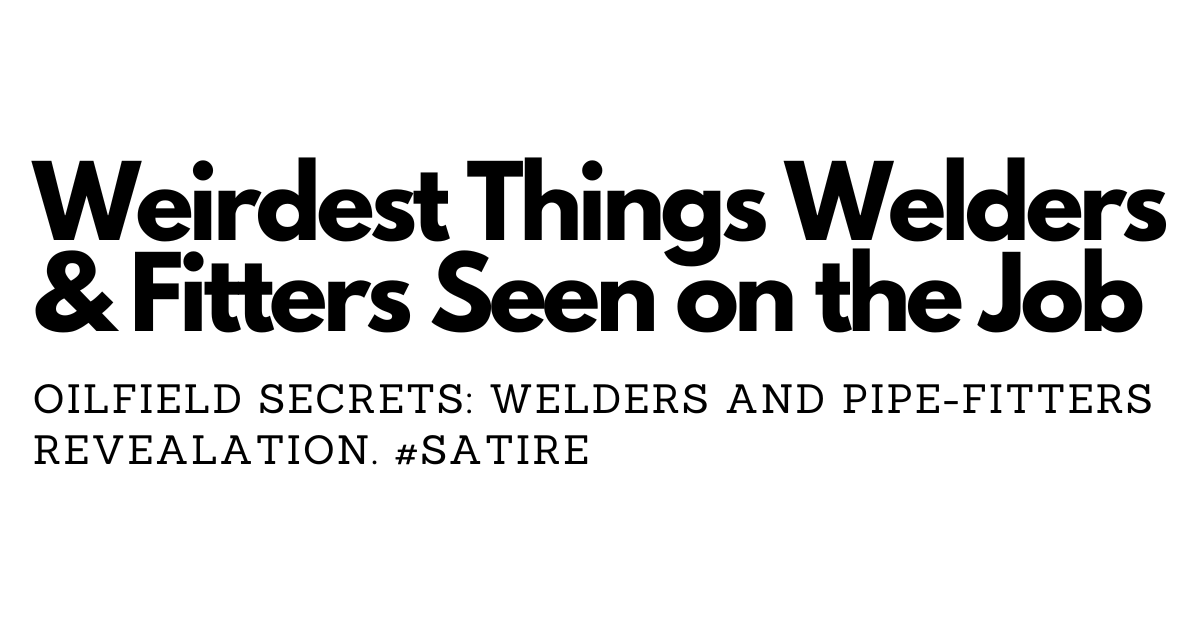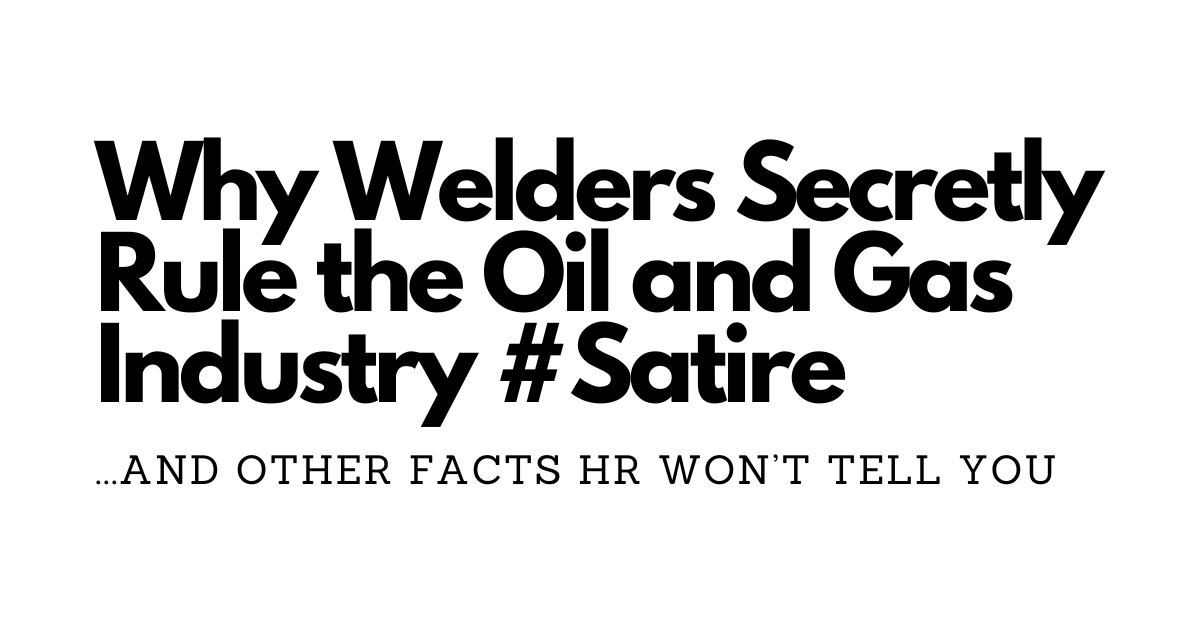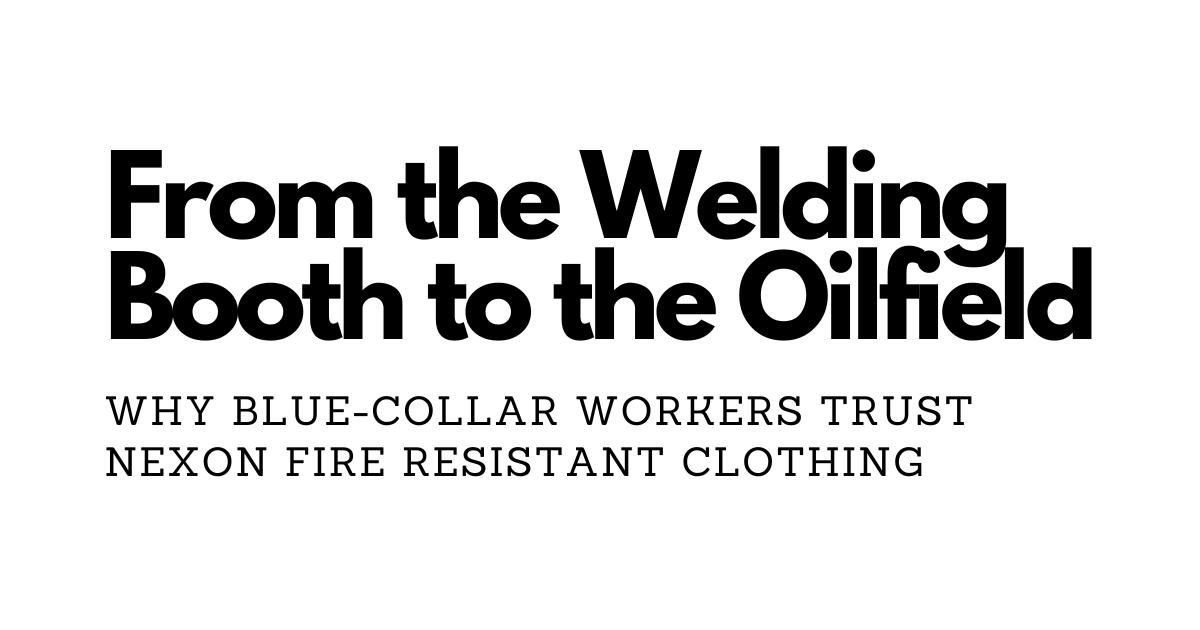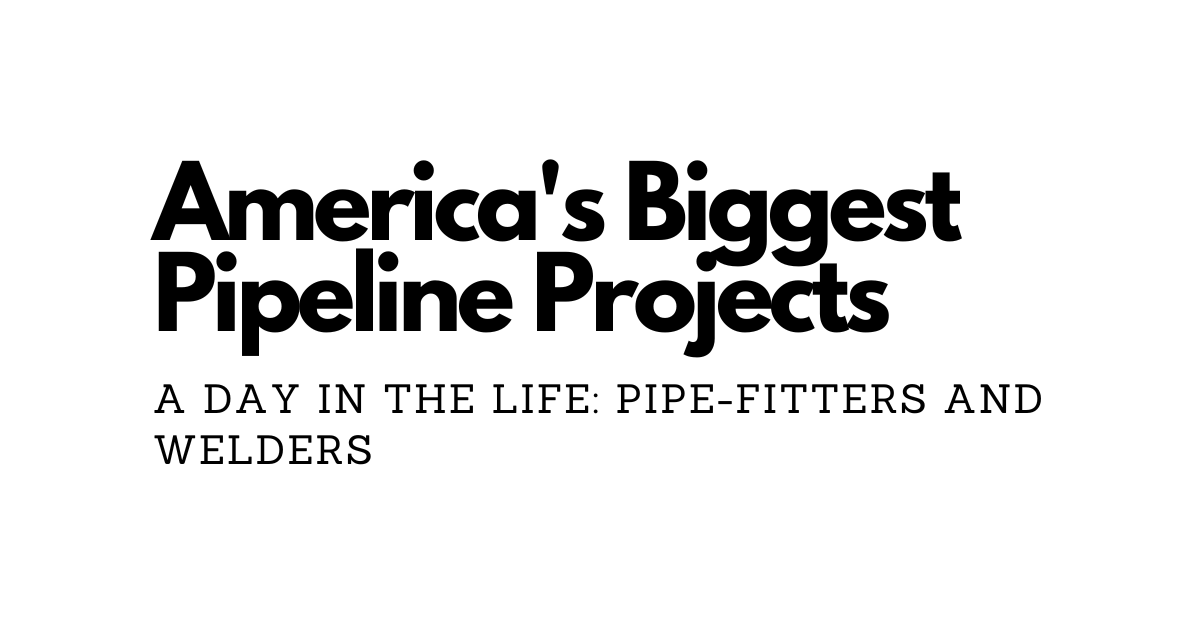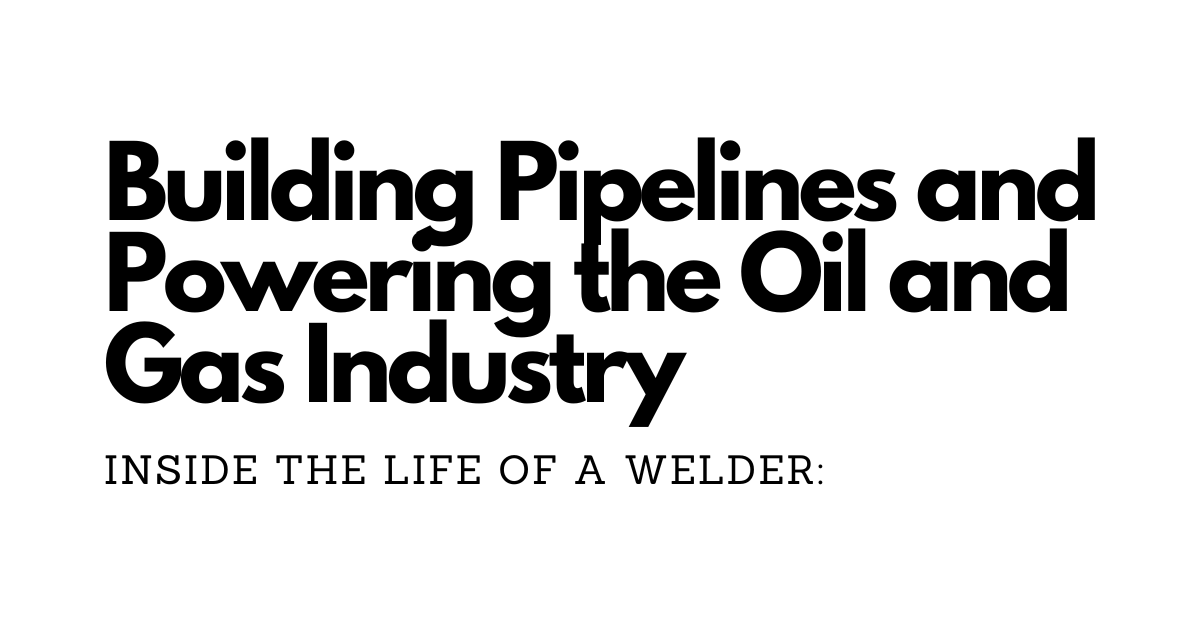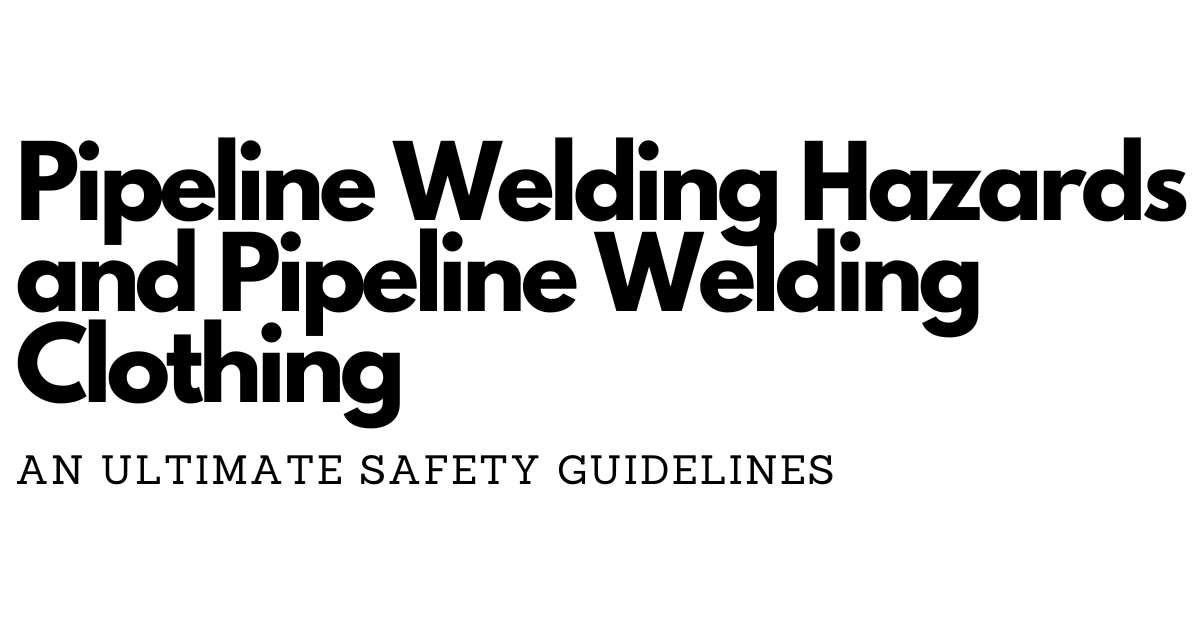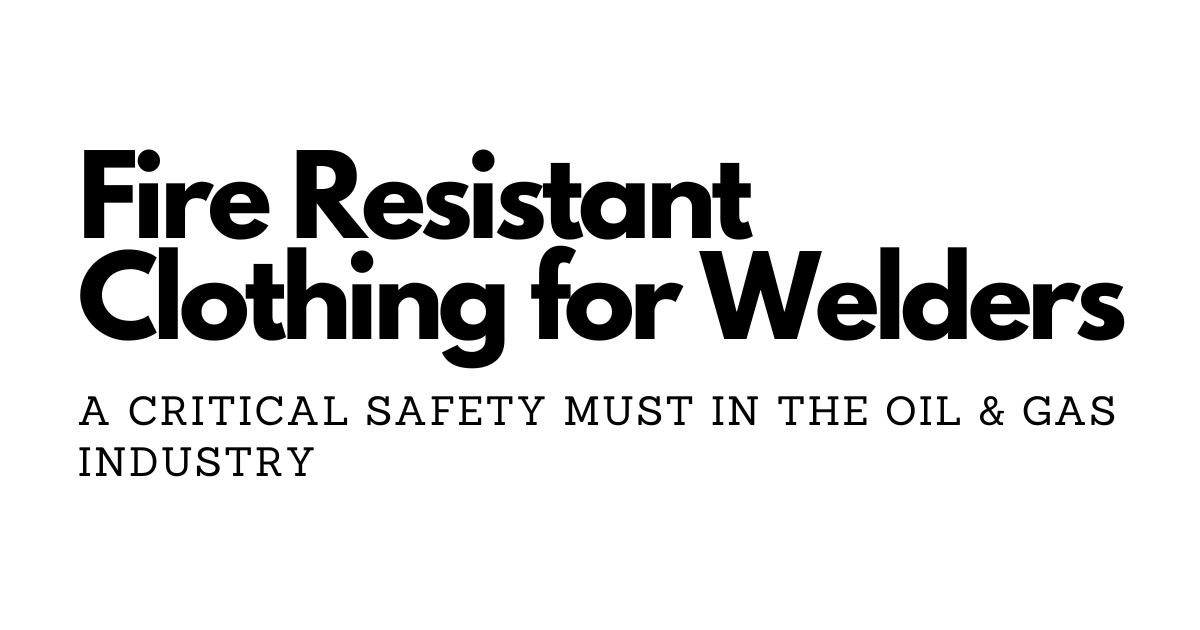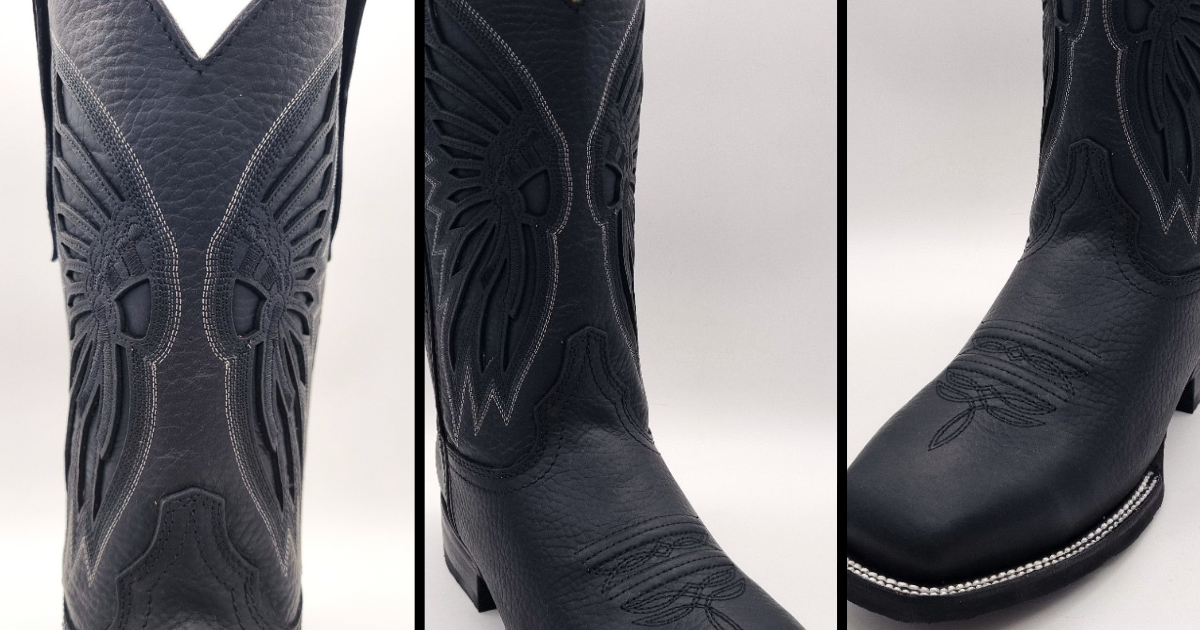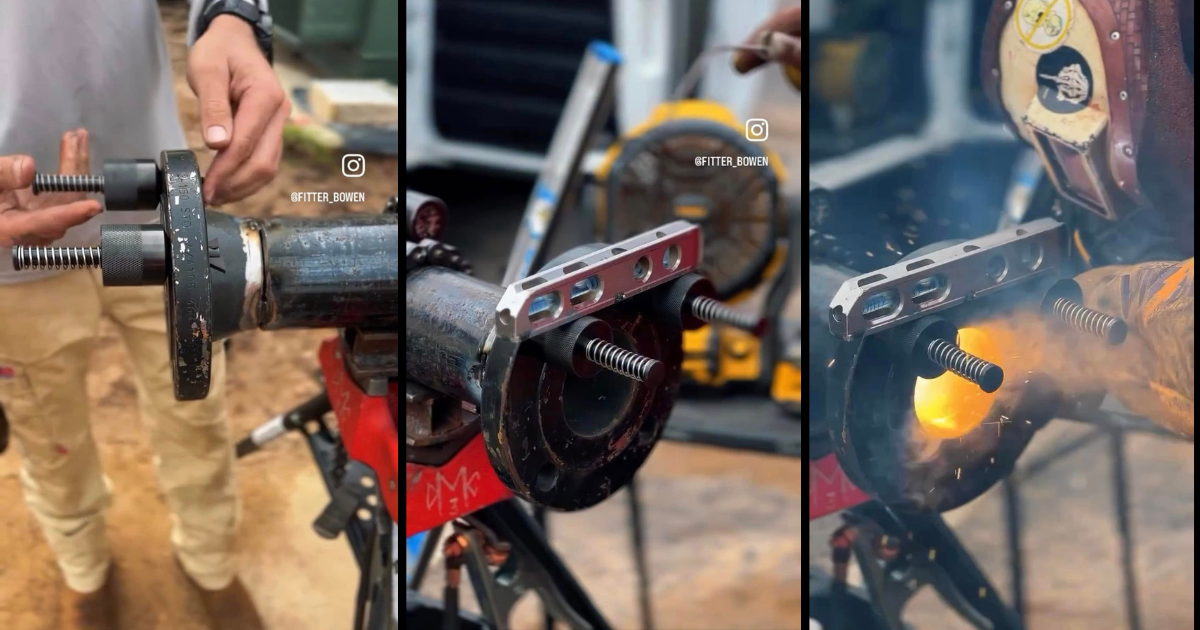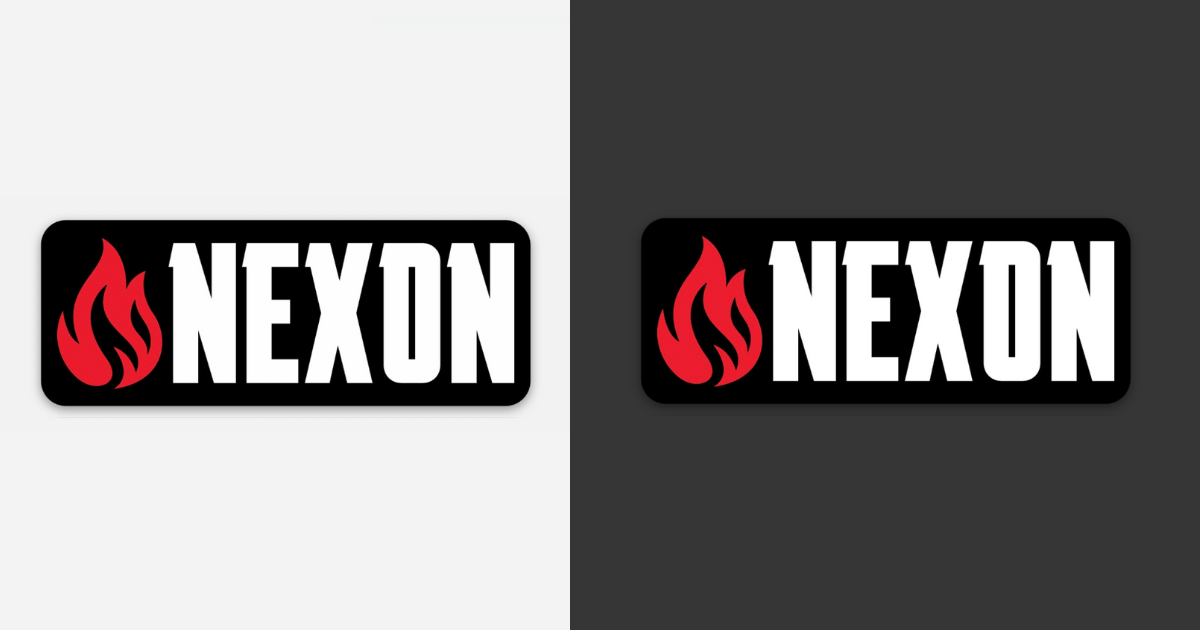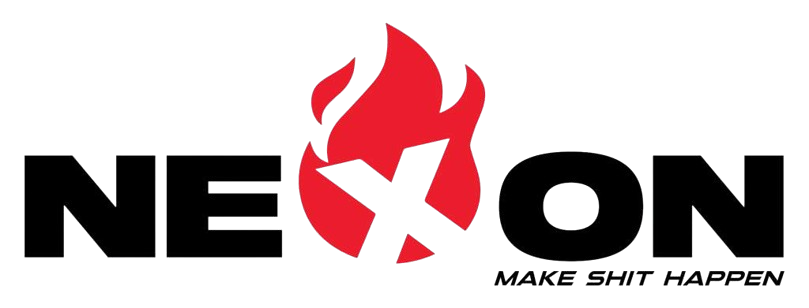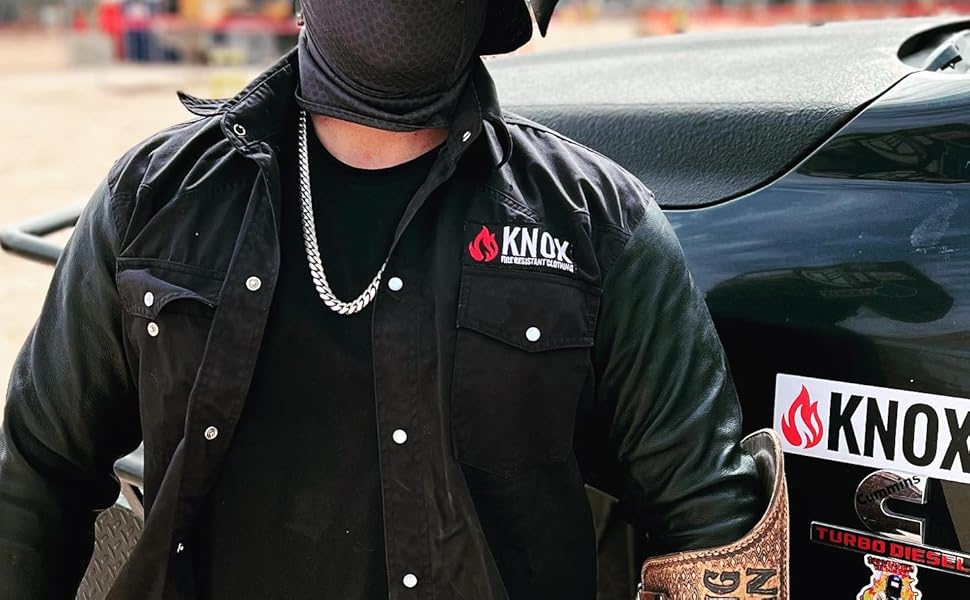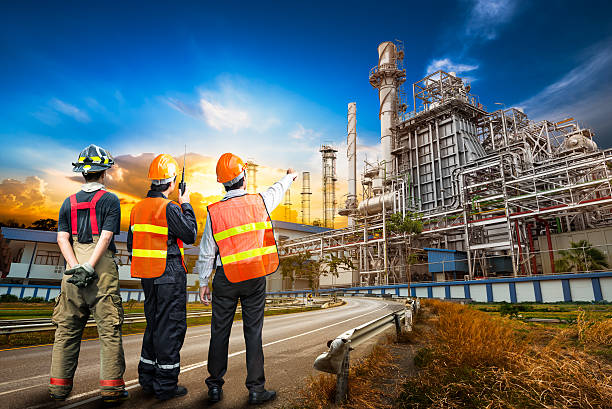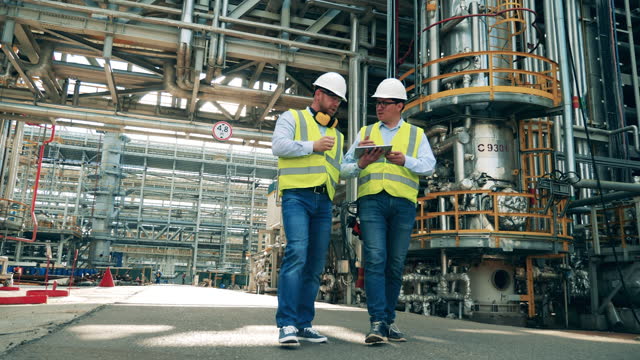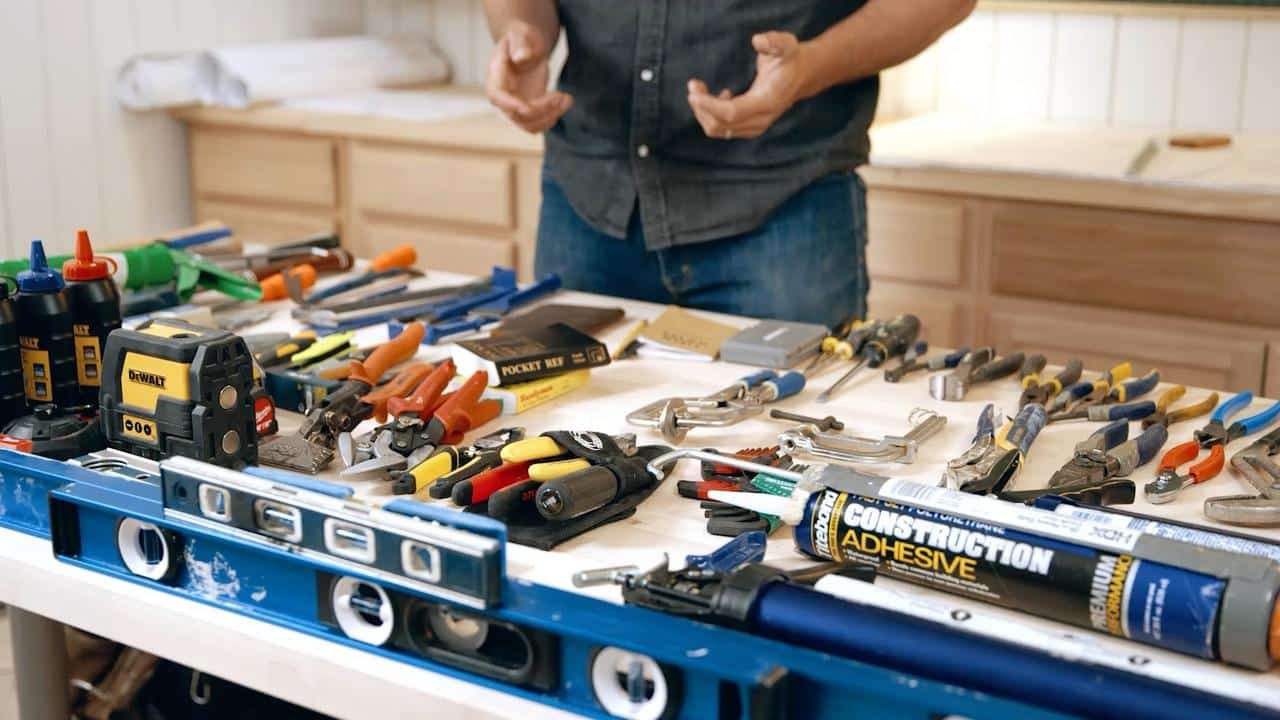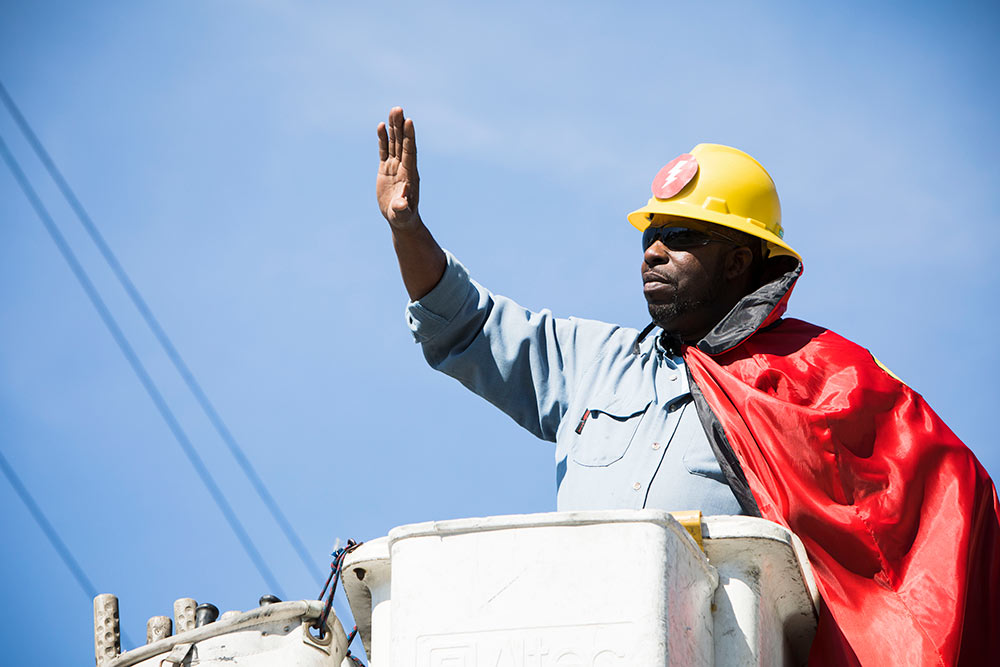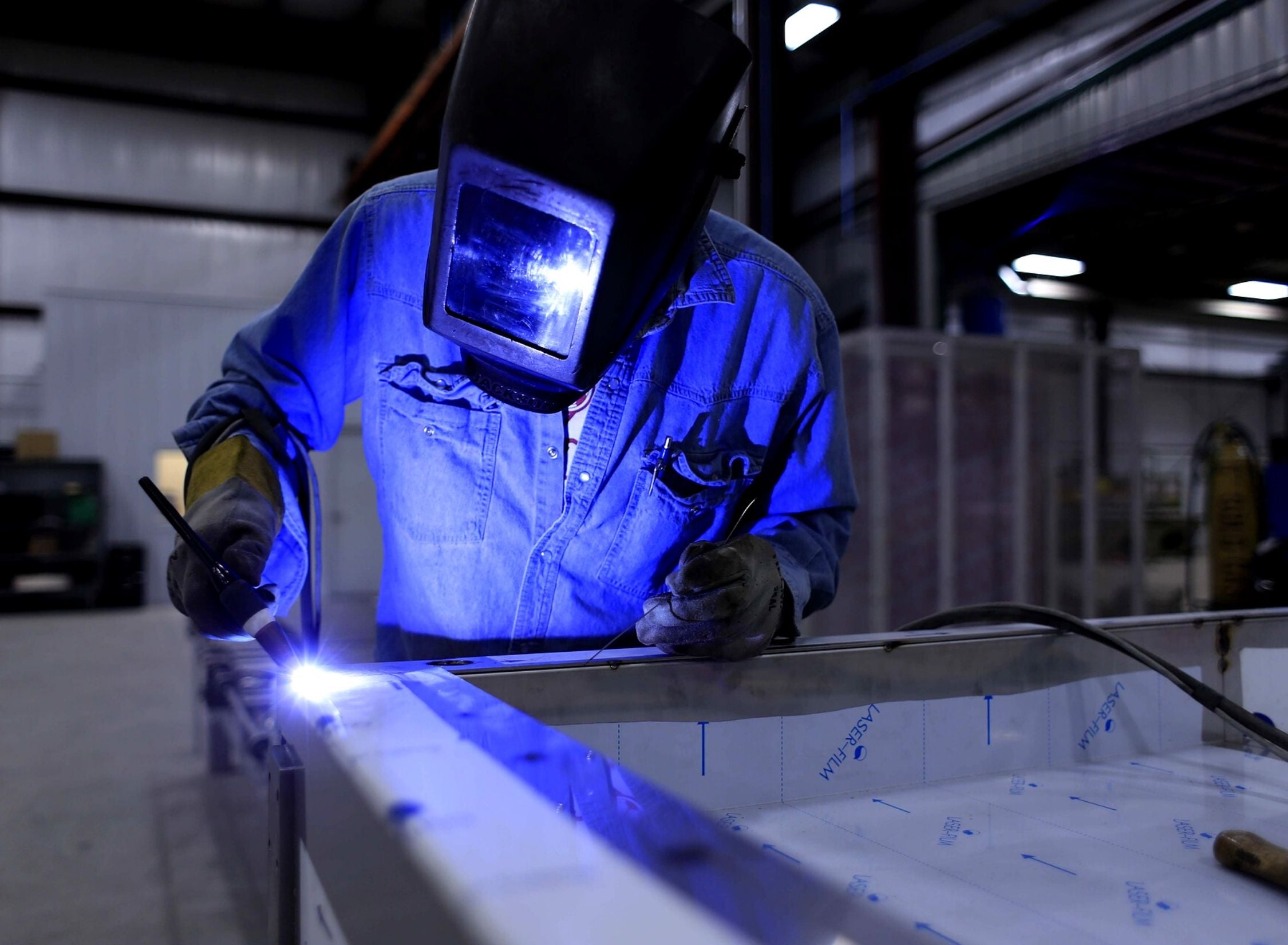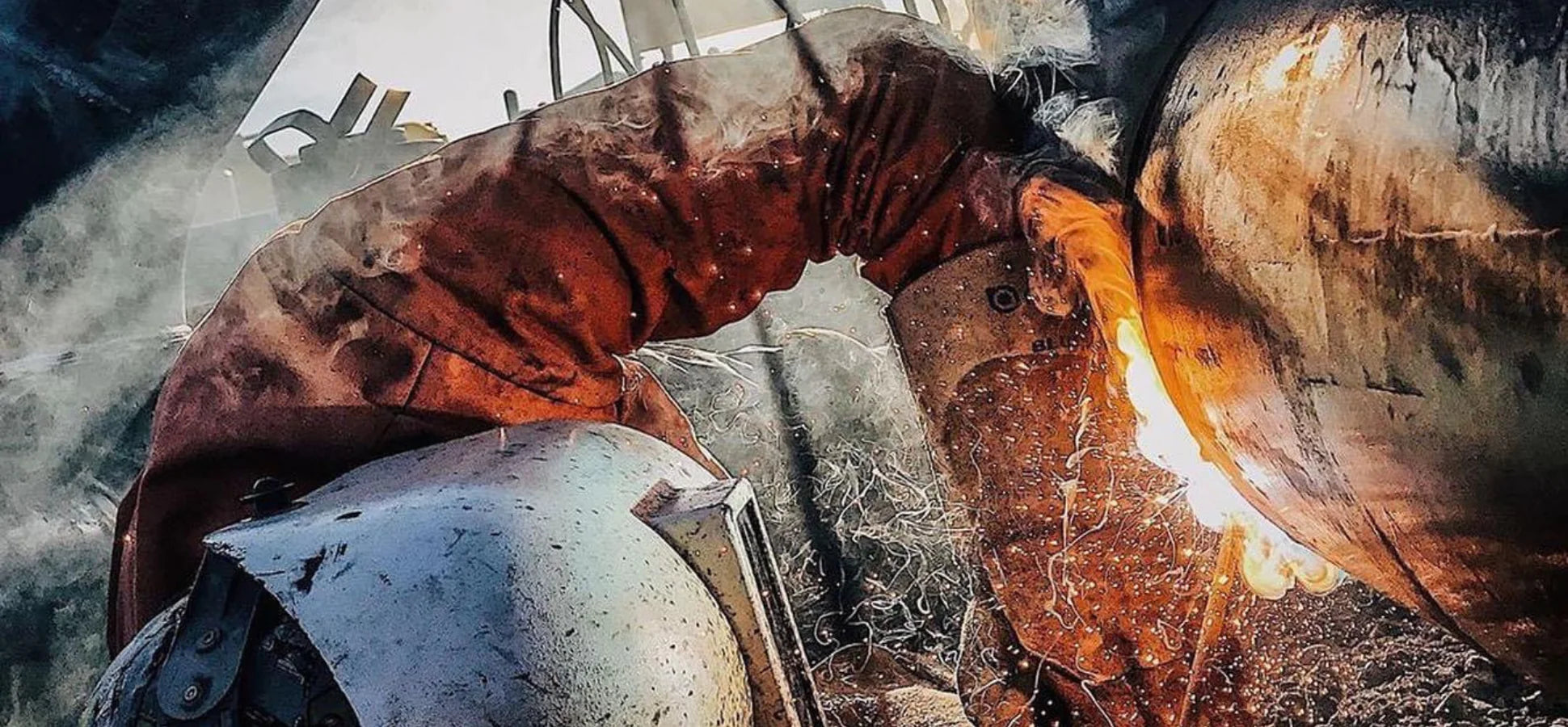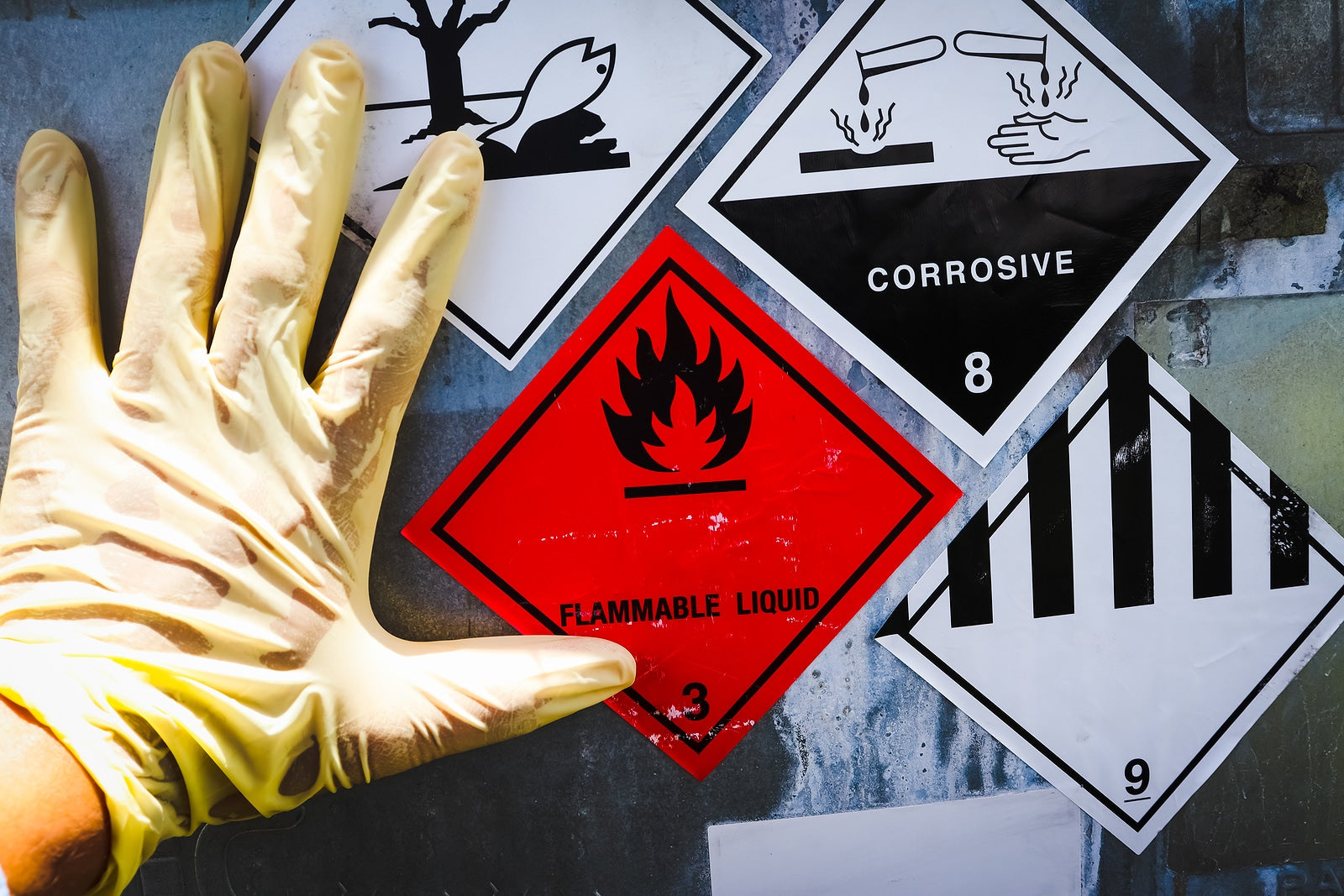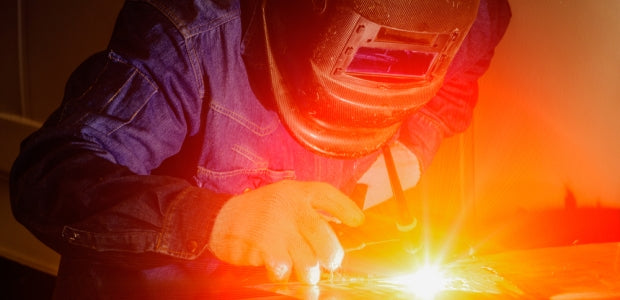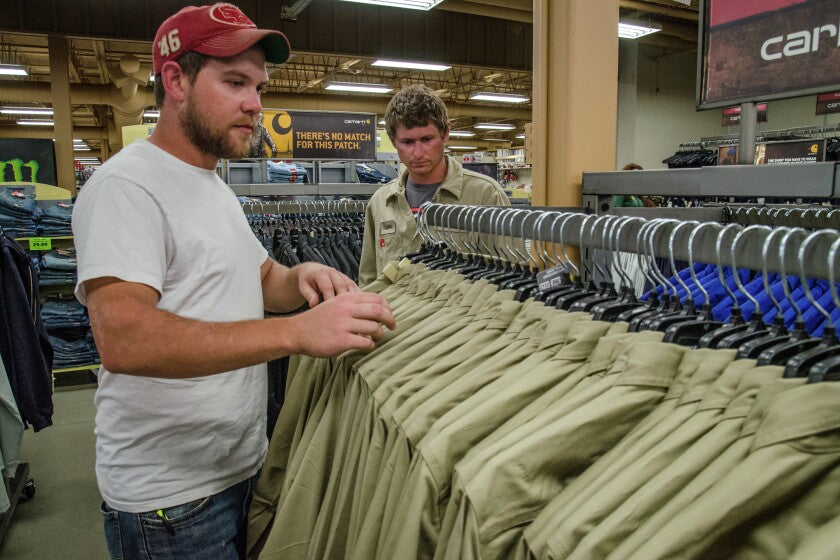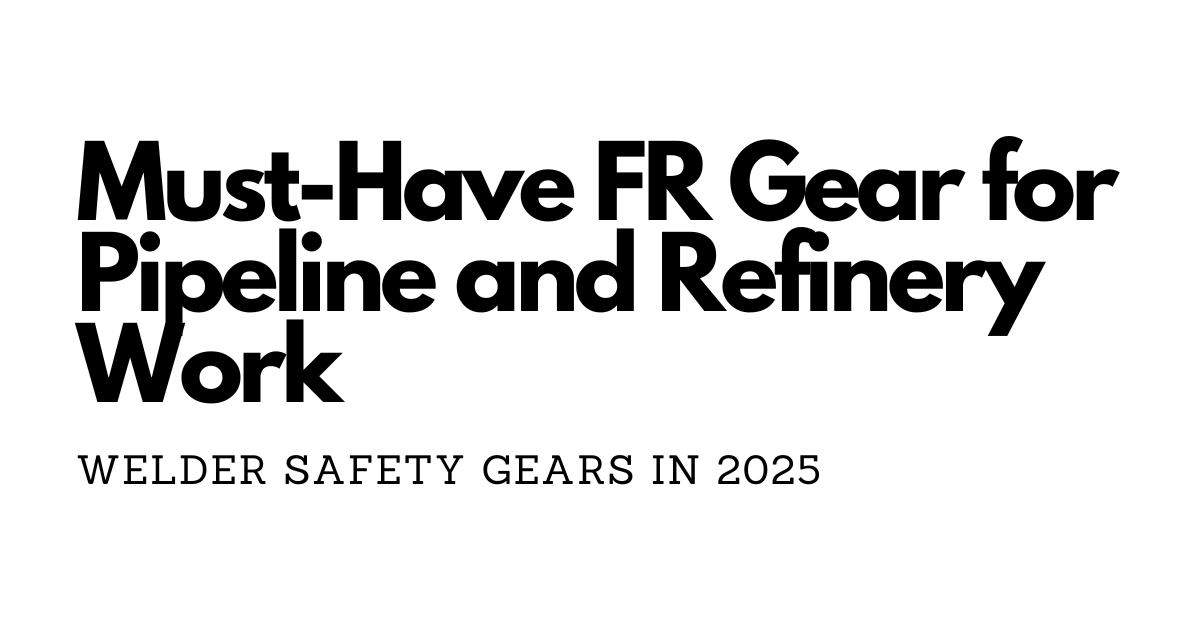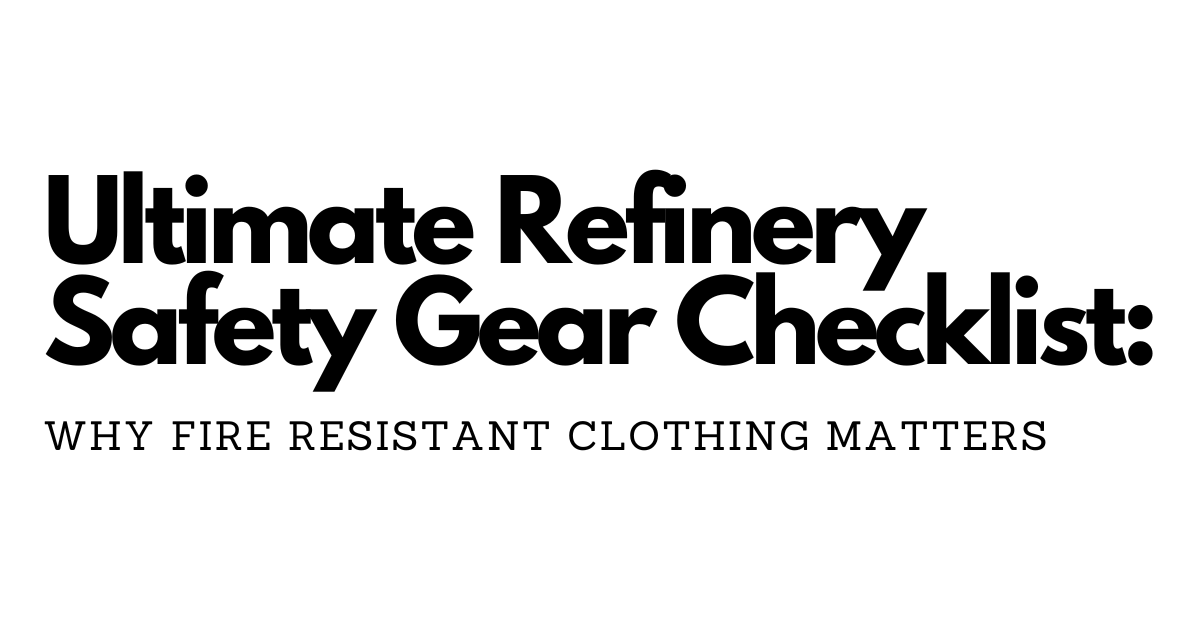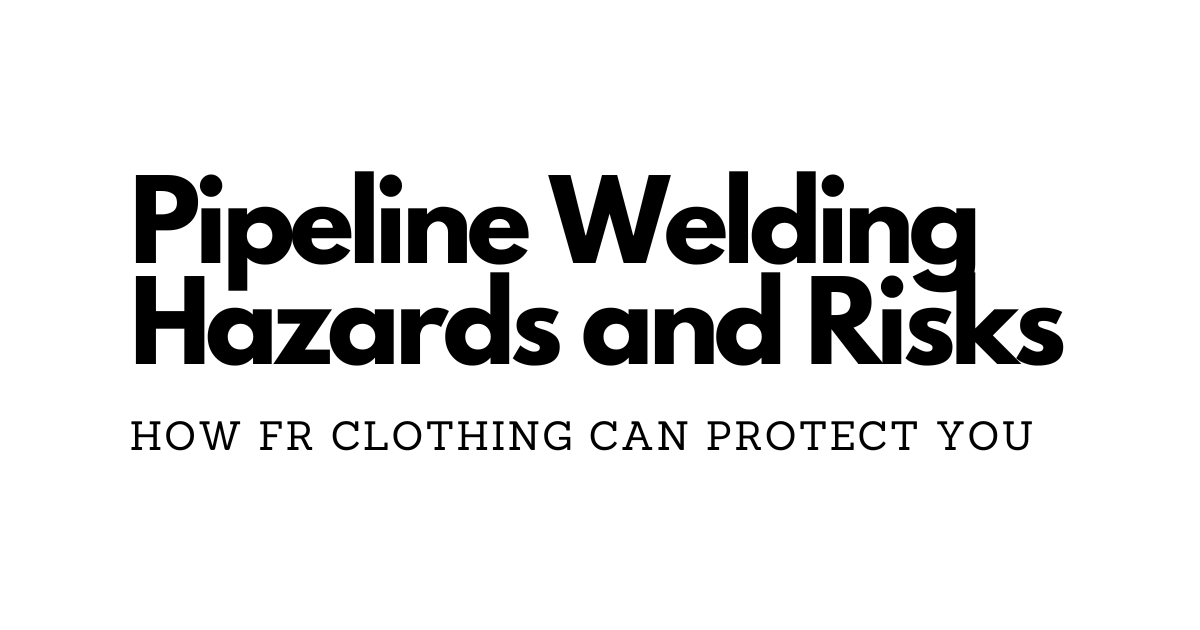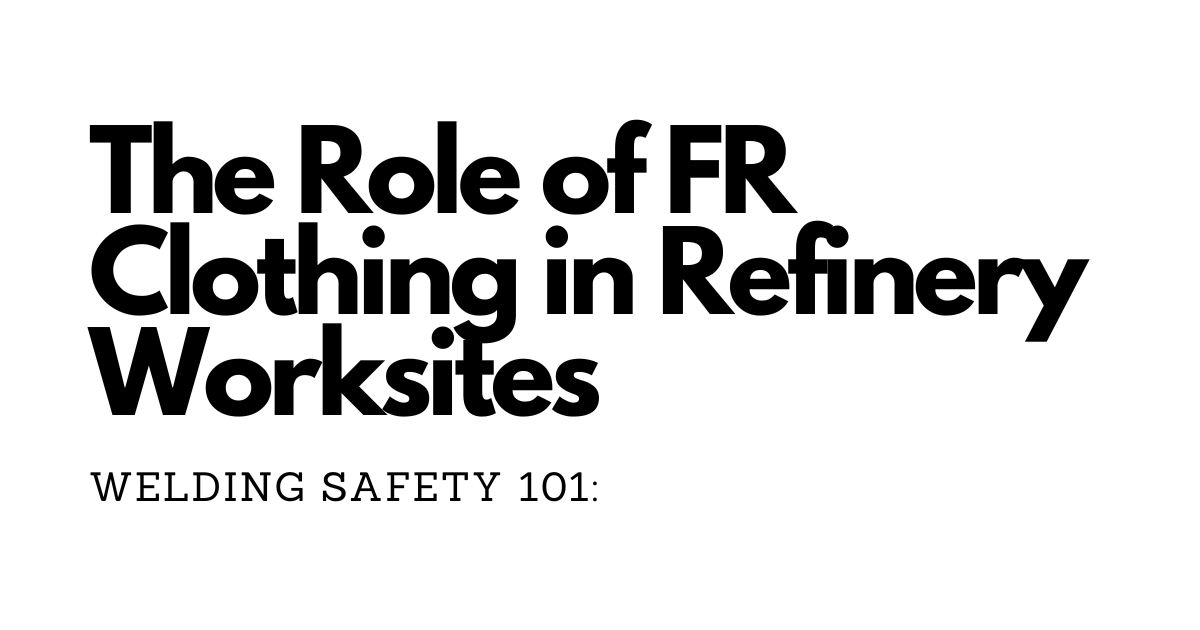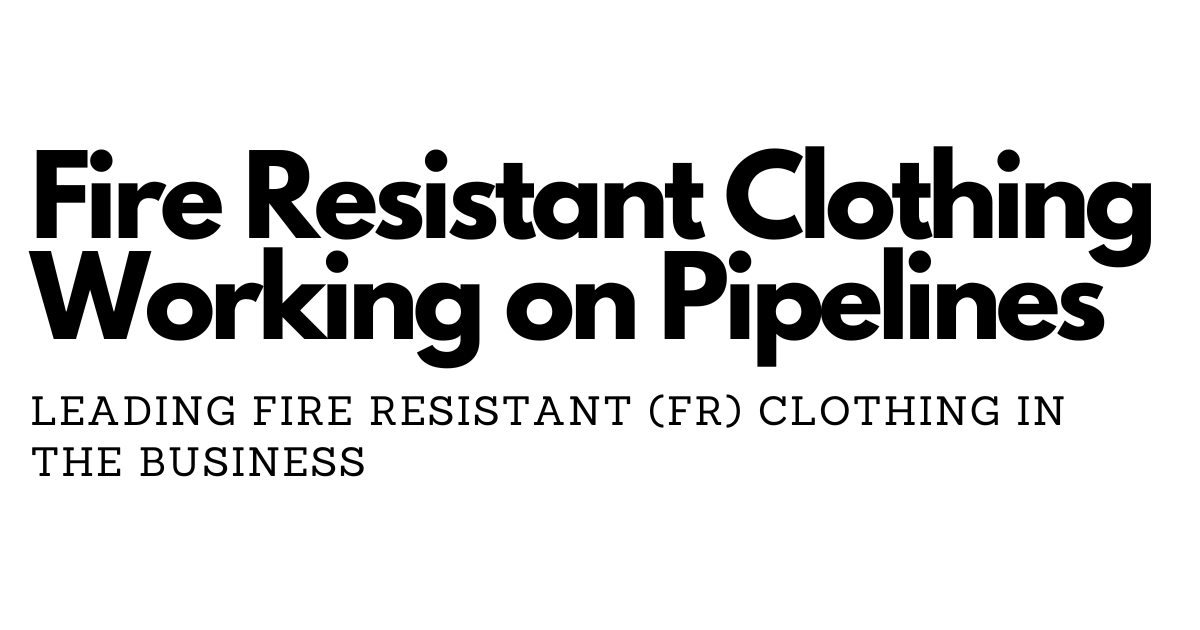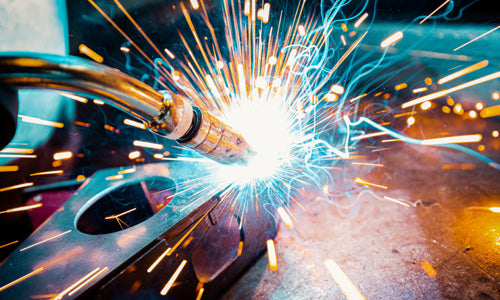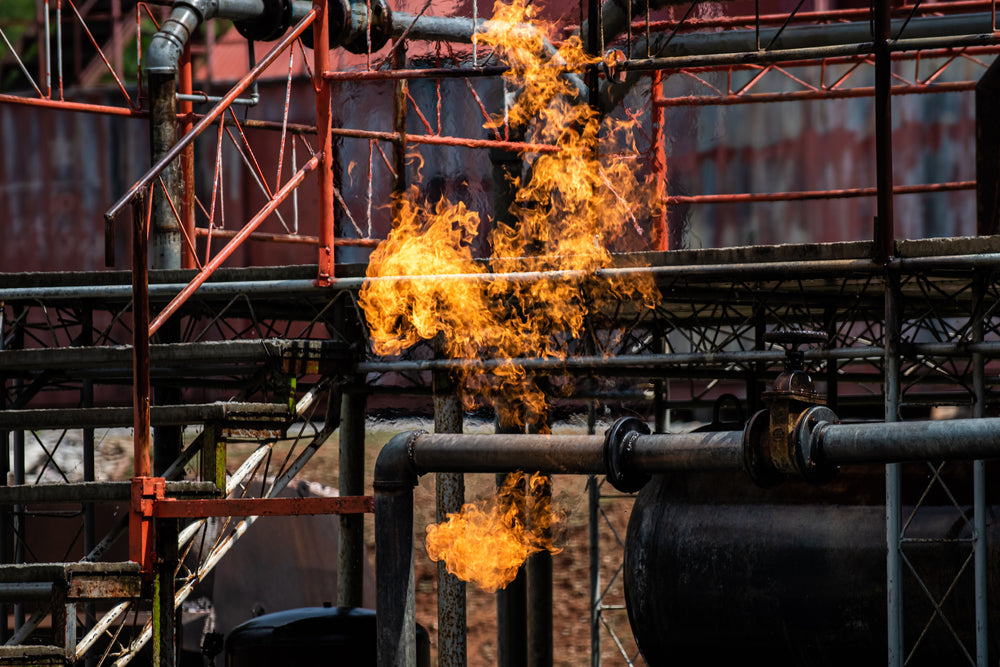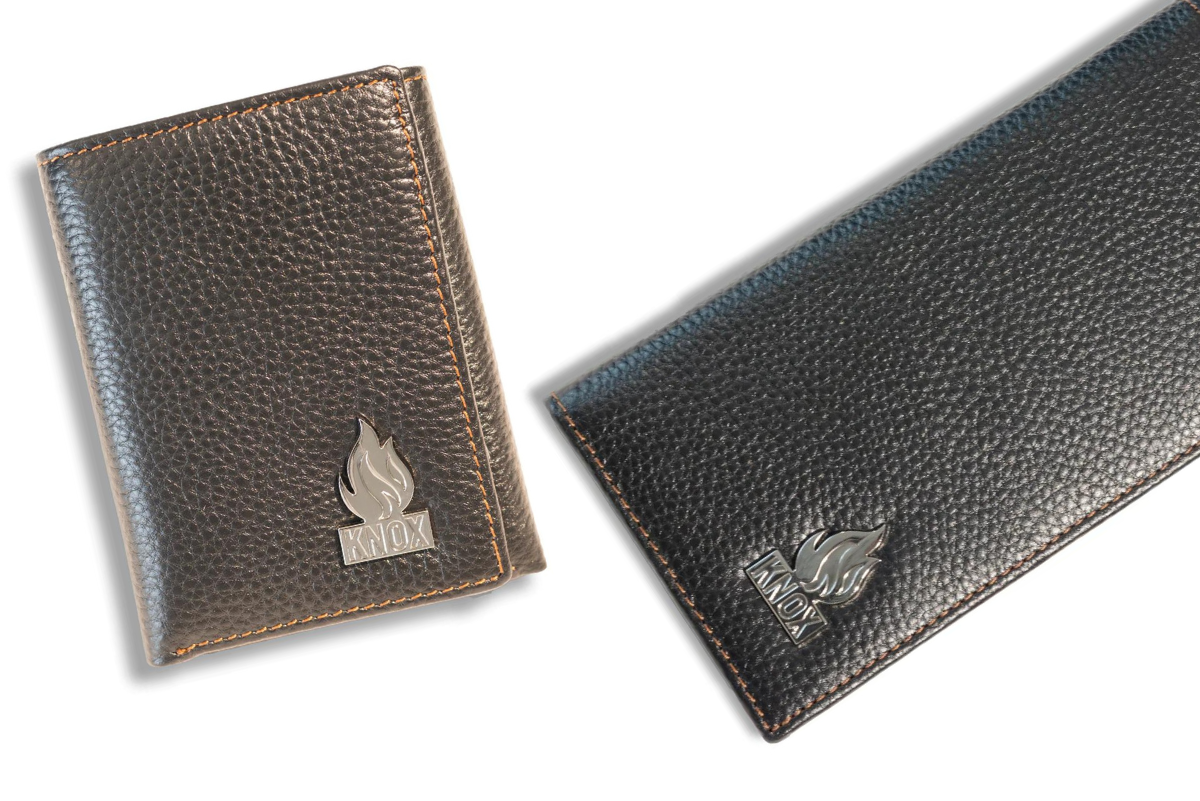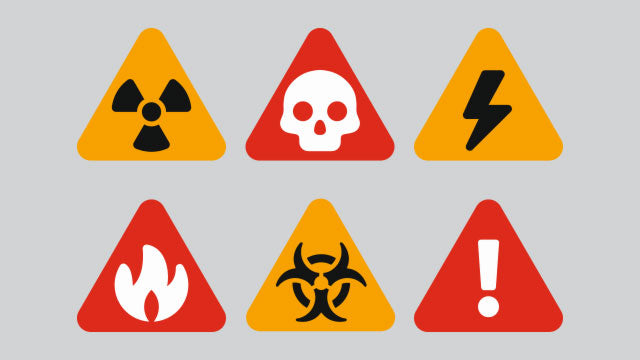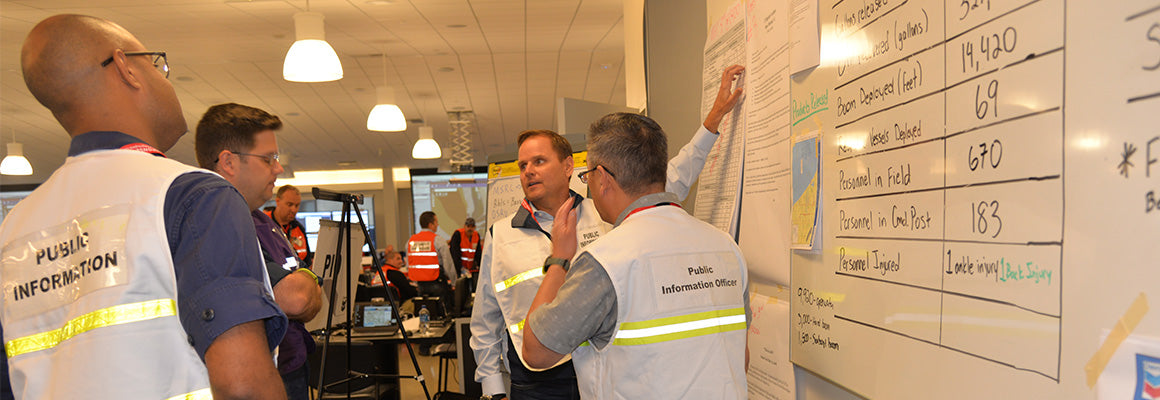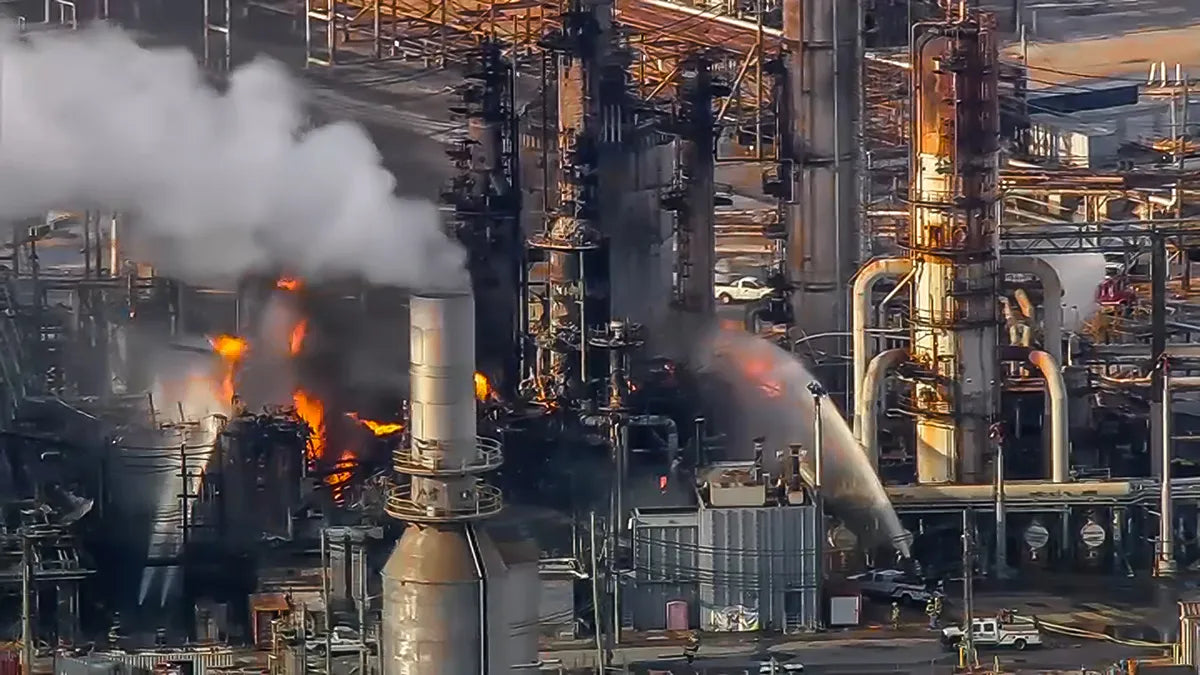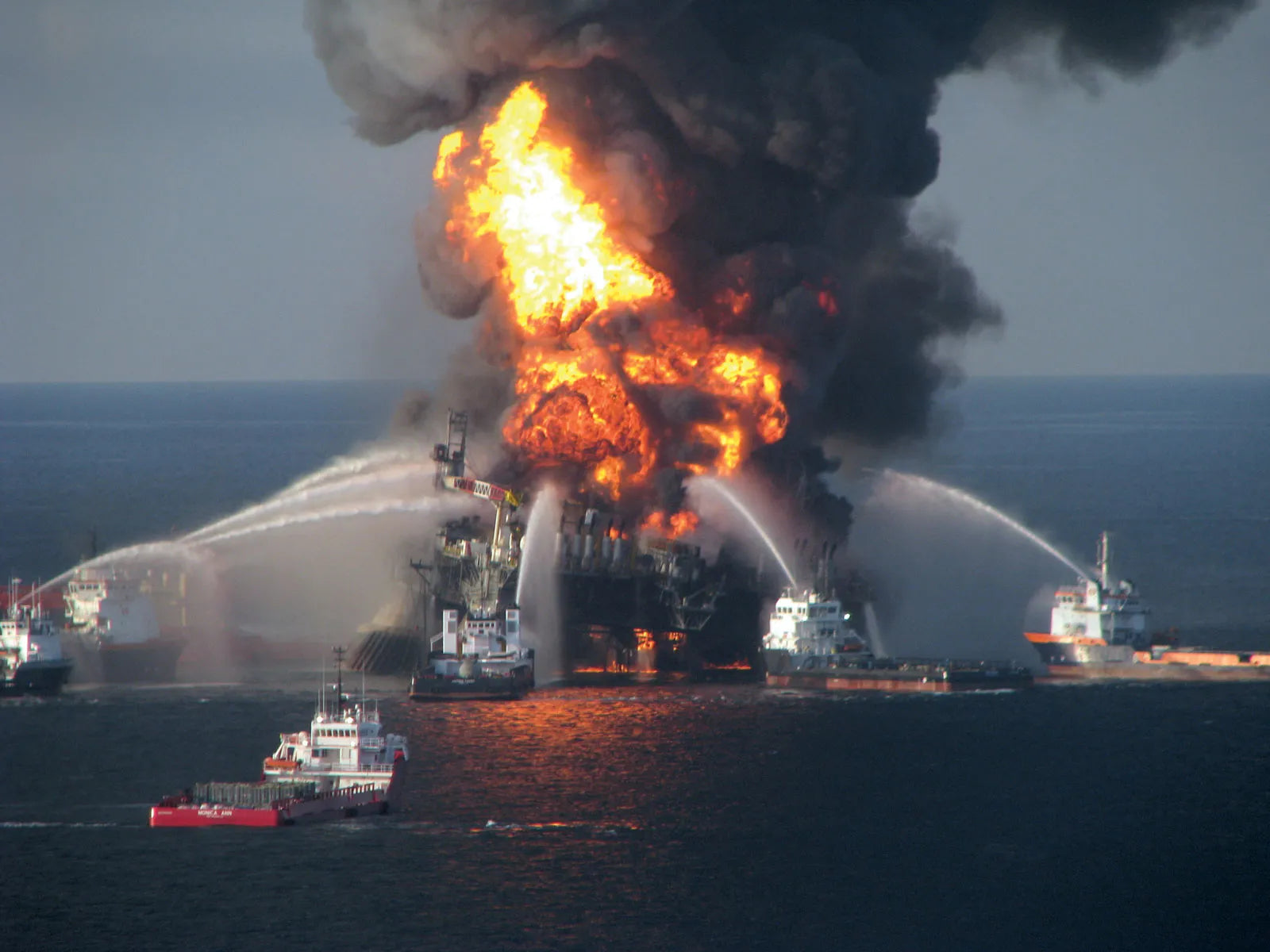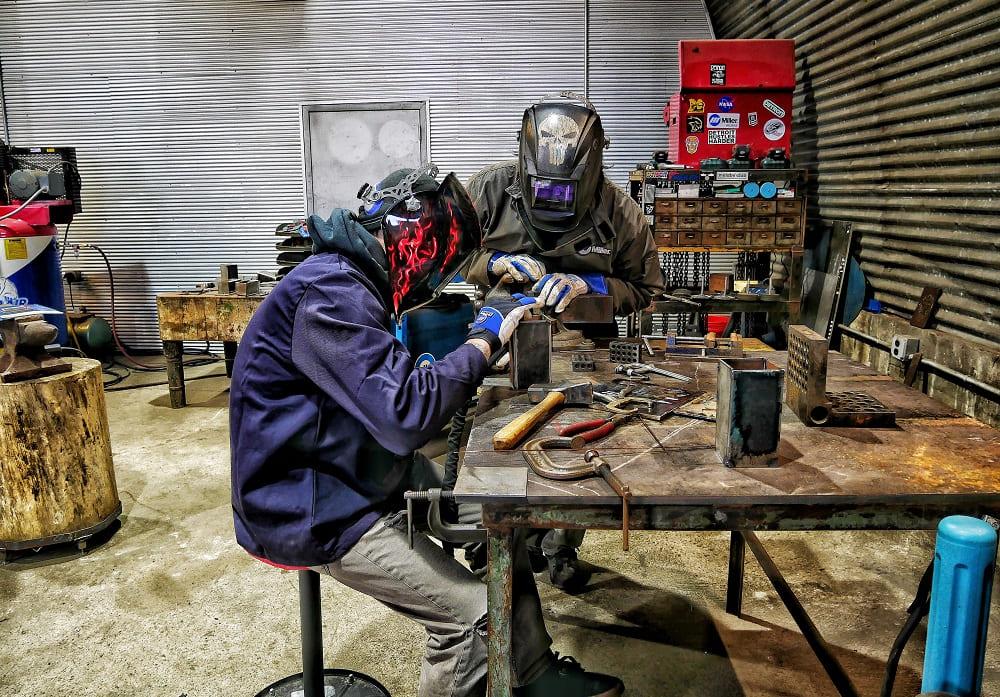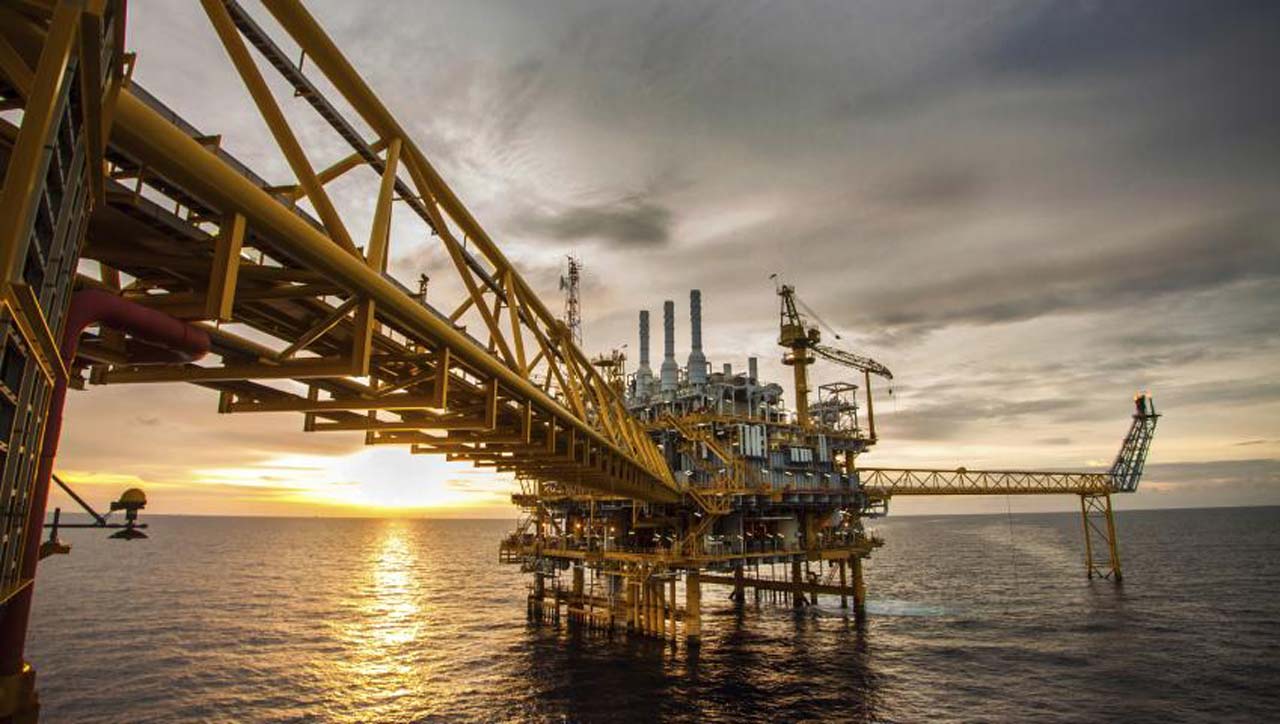

Fire-resistant clothing is designed to protect workers from burn injuries and fatalities that can occur when working in high-risk environments. Even with the implementation of safety regulations and procedures in the workplace, accidents can still happen. Fire-resistant clothing can provide an added layer of protection against these potential hazards. It can help to prevent injuries, reduce the severity of injuries, and increase the chances of survival in the event of a fire or explosion.
Fire-resistant clothing is also relevant in situations where workers are required to work in close proximity to electrical equipment or machinery. Electrical arcs can occur when equipment fails or malfunctions, which can lead to severe burn injuries or death. Fire-resistant clothing can help to prevent or reduce the severity of these injuries. It provides an added layer of protection against potential hazards and helps to ensure the safety of workers on the job.
When it comes to protecting workers from fire hazards, the use of flame-resistant (FR) or flame-retardant (FR) clothing is essential. However, understanding the difference between these two types of clothing is crucial in ensuring that the appropriate safety measures are being taken to minimize the risks of burns and other related injuries. In this article, we will discuss the differences between flame-resistant and flame-retardant clothing, and how to determine which one is suitable for your specific work environment.
Flame-Resistant Clothing: Flame-resistant clothing is made from specialized materials that are designed to prevent ignition, self-extinguish or resist ignition and prevent the spread of flames. This type of clothing is designed to provide protection from heat and flames in situations where there is a risk of flash fires or explosions. FR clothing is typically made from materials such as Nomex, Kevlar, and other synthetic fibers that can withstand high temperatures and provide adequate protection against heat and flames.
The key characteristic of FR clothing is that it is inherently flame-resistant. In other words, the material itself is designed to resist ignition and does not require any additional treatment or coatings to provide adequate protection. This is particularly important in situations where workers may be exposed to extreme heat or flames, as the clothing is designed to provide an added layer of protection against these hazards.
Flame-Retardant Clothing: Flame-retardant clothing, on the other hand, is treated with special chemicals that help to slow down or prevent the spread of flames. This type of clothing is often used in situations where there is a lower risk of flash fires or explosions, such as welding or grinding. Flame-retardant clothing is typically made from materials such as cotton or wool that are treated with a chemical solution to provide adequate protection.
One important thing to note about flame-retardant clothing is that the treatment that provides the flame-retardant properties can wear off over time. This means that the clothing may lose its effectiveness over time, especially if it is not cared for properly. It is important to inspect and replace flame-retardant clothing regularly to ensure that it continues to provide adequate protection against heat and flames.
Choosing the Right Clothing for Your Needs: When choosing between flame-resistant and flame-retardant clothing, it is important to consider the specific hazards present in your work environment. For situations where there is a risk of flash fires or explosions, such as in the oil and gas industry, FR clothing is typically the most appropriate choice. In other situations where the risk of fire is lower, such as in welding or grinding, FR clothing may be suitable.
In conclusion, understanding the differences between flame-resistant and flame-retardant clothing is essential in ensuring the safety of workers in hazardous environments. By choosing the appropriate type of clothing based on the specific hazards present, workers can minimize the risks of burns and other related injuries, and stay protected while on the job.
The use of fire-resistant clothing is crucial for the safety of workers in industries where they are exposed to heat, flames, or electrical arcs. Fire-resistant clothing provides a critical layer of protection against burn injuries and fatalities that can occur when working in high-risk environments. Wearing fire-resistant clothing can help prevent injuries, reduce the severity of injuries, and increase the chances of survival in the event of a fire or explosion. It can also provide additional protection against electrical arcs and other hazards that can occur in the workplace.
Many reputable fire-resistant clothing brands offer a range of garments that meet or exceed industry standards for protection against heat and flames. When choosing fire-resistant clothing, it is important to consider the specific requirements of your job and select a brand that offers the features and benefits that best meet your needs. In summary, fire-resistant clothing is a critical component of workplace safety, and its use should be prioritized to ensure the well-being and protection of workers on the job.
